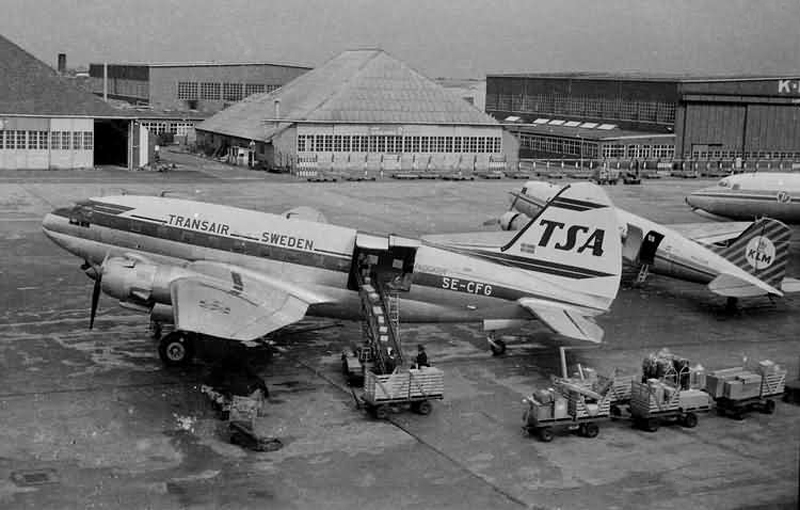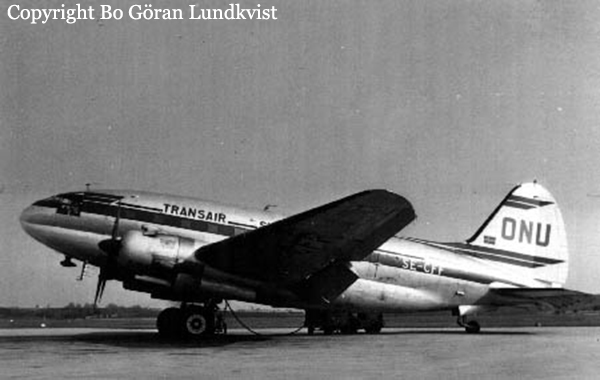Crash of a Douglas C-47A-50-DL in Kinshasa
Date & Time:
Feb 15, 1970
Registration:
9Q-CUP
Survivors:
Yes
MSN:
10063
YOM:
1943
Crew on board:
0
Crew fatalities:
Pax on board:
0
Pax fatalities:
Other fatalities:
Total fatalities:
0
Circumstances:
Suffered an accident at Kinshasa-N’Djili Airport. There were no casualties.









